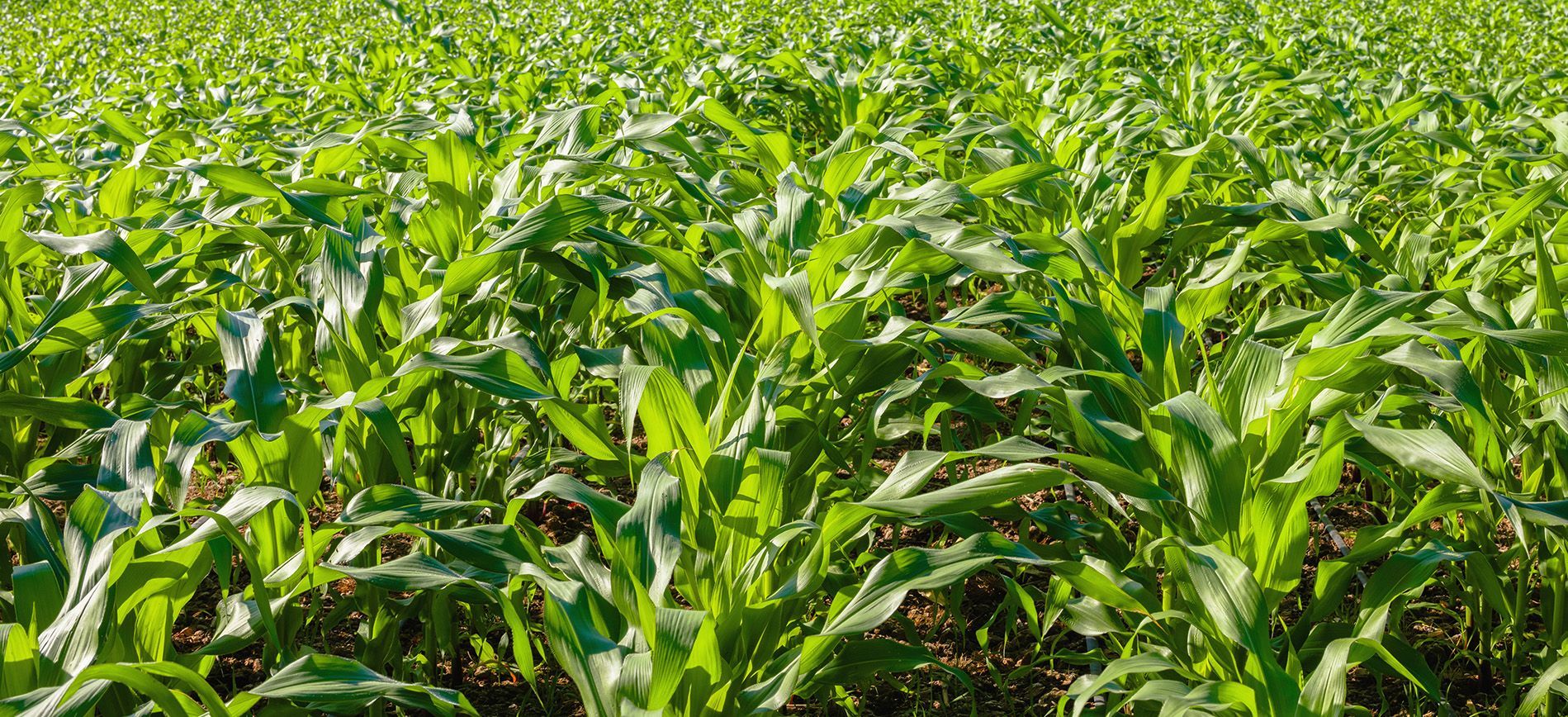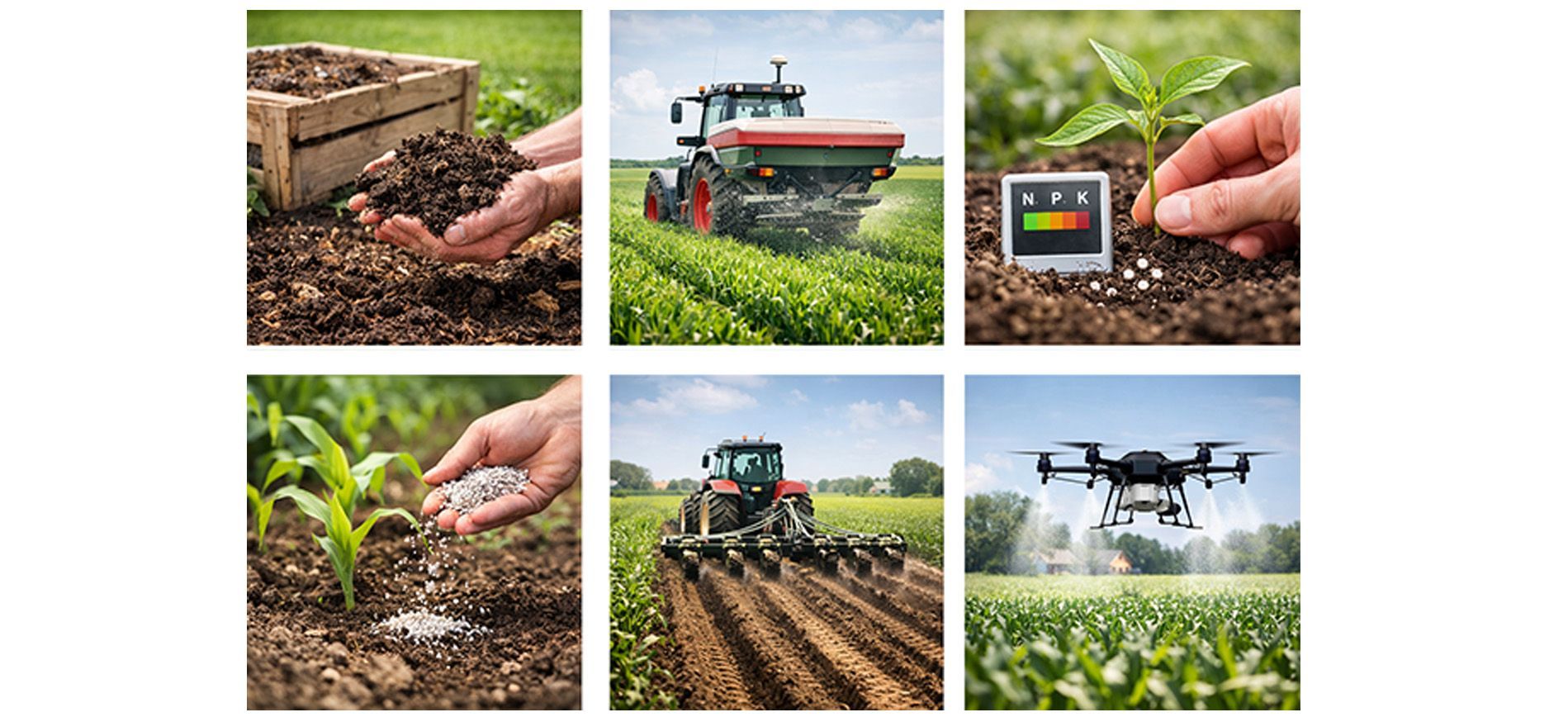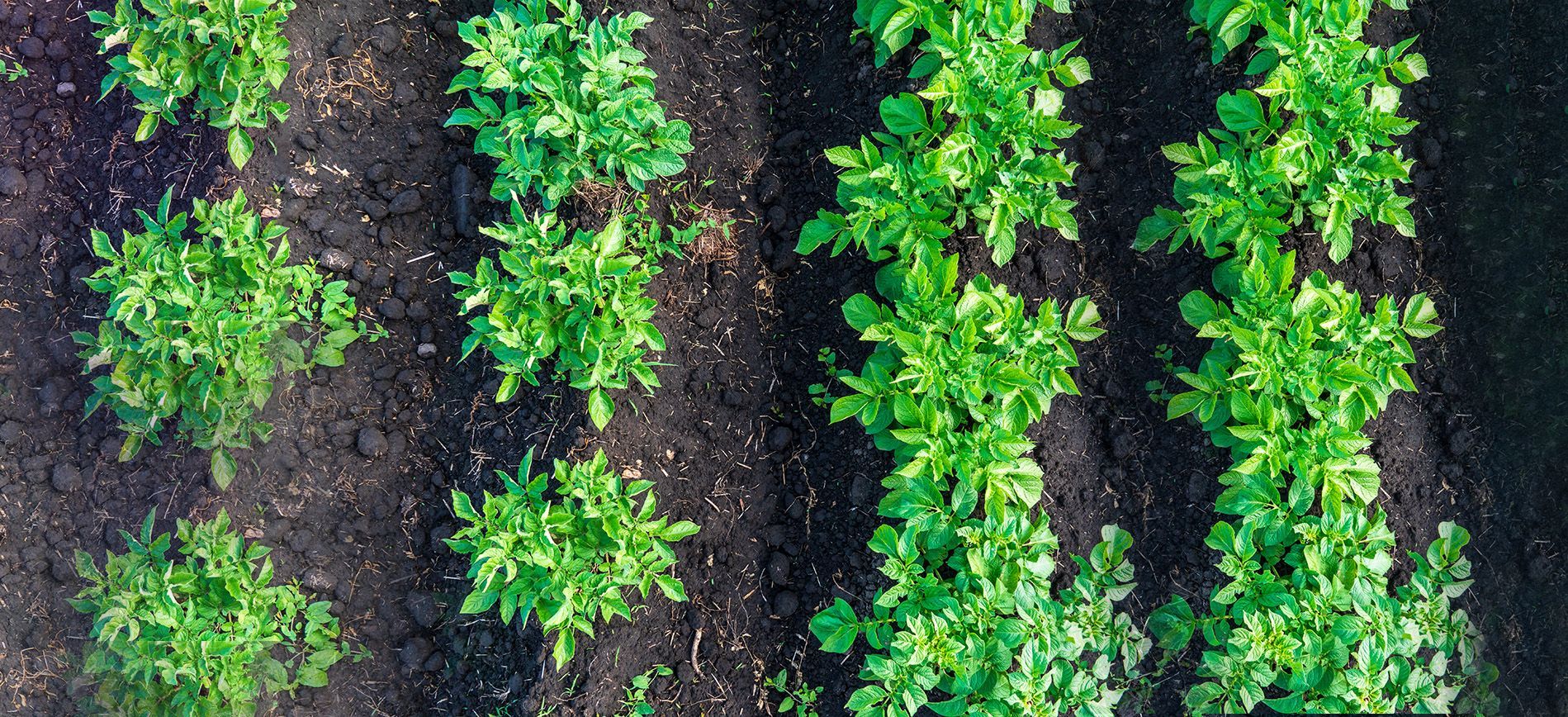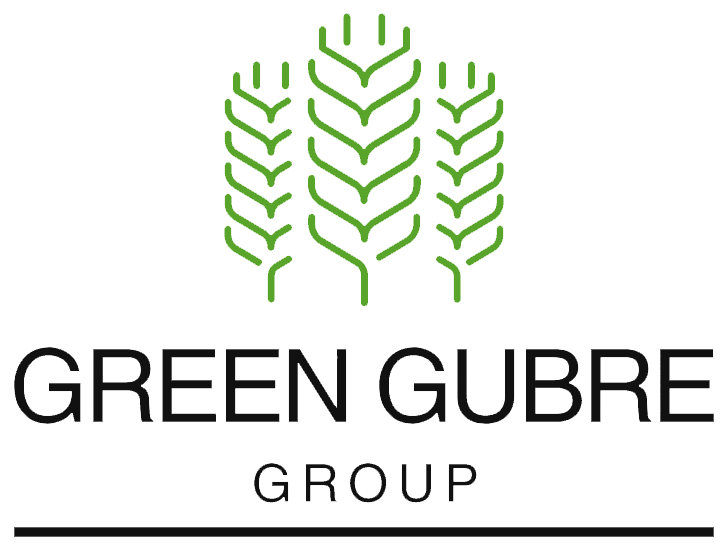Nano Fertilizers – Precision Nutrition at the Nanoscale
Nano Fertilizers – Precision Nutrition at the Nanoscale
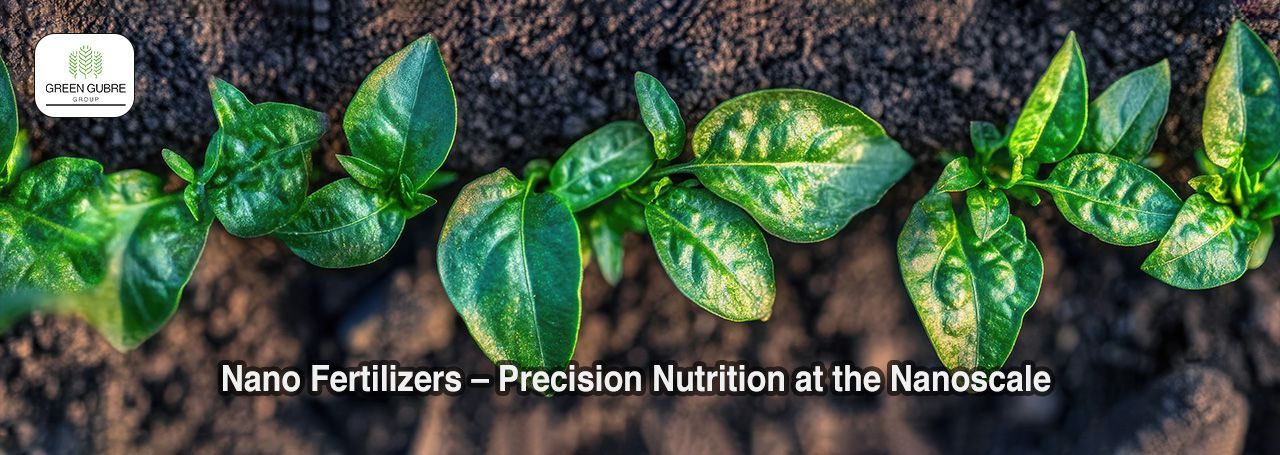
Introduction: Next-Gen Fertilizers for Modern Farming
As agriculture moves toward greater precision and sustainability, nano fertilizers are emerging as a promising innovation. These fertilizers utilize engineered nanoparticles to enhance nutrient delivery, improve plant uptake, and minimize environmental losses. Designed to address inefficiencies in conventional fertilizers, nano formulations offer controlled release, higher bioavailability, and reduced dosage—making them especially valuable in water-stressed, nutrient-deficient, or high-value crop systems.
1. What Are Nano Fertilizers?
Nano fertilizers are fertilizers formulated with nano-sized particles (1–100 nm), which can be:
- Encapsulated nutrients: Enclosed in nanoshells for gradual release.
- Nano-scale carriers: Zeolites, polymers, or clays that deliver nutrients precisely.
- Direct nano forms: Nano zinc oxide, nano iron, or nano urea are absorbed more efficiently by plants.
Nano fertilizers can be applied to the soil via foliar spray or as a seed coating. They improve nutrient use efficiency (NUE) by enhancing plant access to otherwise poorly absorbed nutrients.
2. Benefits of Nano Fertilizers
- Higher Nutrient Efficiency: Nanoparticles penetrate plant cells more easily, increasing nutrient absorption.
- Lower Application Rates: 20–50% less product needed than conventional forms.
- Sustained Release: Reduces leaching, runoff, and volatilization losses.
- Stress Tolerance: Improves plant response to drought, salinity, and nutrient deficiencies.
- Targeted Delivery: Can be engineered to release nutrients at specific stages of plant growth.
Studies show nano urea can increase wheat yield by up to 10% while reducing nitrogen use by 40%.
3. Key Crops and Use Cases
Nano fertilizers are being piloted or adopted in:
- Rice and Wheat: Nano urea for sustained nitrogen supply
- Vegetables: Nano zinc and iron for foliar spray
- Maize and Pulses: Nano phosphorus carriers for early root growth
- Horticulture: Nano boron and micronutrients for fruit quality
They are particularly effective in high-pH, sandy, or degraded soils where conventional nutrients get locked up.
4. Market Adoption and Research Outlook
- India: National Fertilizers Ltd. and IFFCO have launched nano urea for mass trials
- China: Investing in nano-chelated micronutrient solutions for protected cultivation
- Africa & MENA: Early-stage pilot programs in dryland agriculture
The global nano fertilizer market is expected to surpass $5 billion by 2030, fueled by:
- Environmental regulations on over-fertilization
- Growth in precision and protected agriculture
- Public-private R&D partnerships
5. Challenges and Safety Concerns
- Regulation: Limited guidelines on safety and usage
- Cost: High R&D and production costs
- Knowledge Gap: Farmers need education on proper usage and integration
- Environmental Risk: Concerns remain about nanoparticle accumulation in soil and water ecosystems
Ongoing research focuses on biodegradable nanocarriers and safe delivery mechanisms to reduce risk.
Green Gubre Group – Bringing Nanotechnology to the Field
At Green Gubre Group, we support the transition to nano-enhanced crop nutrition with:
- Nano urea and nano micronutrients for field trials and commercial application
- Collaboration with research institutes on custom formulations
- Technical support and farmer training for nano fertilizer integration
- Regulatory guidance for compliant use in Africa, Asia, and the Middle East
Nano fertilizers are the future of nutrient efficiency—and we’re here to deliver it responsibly.

